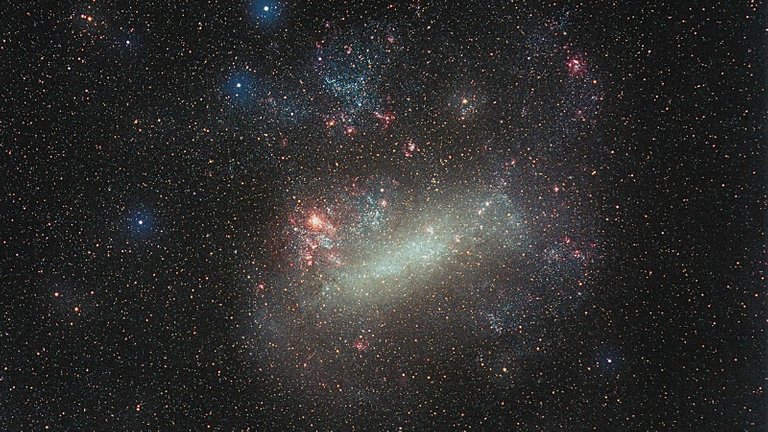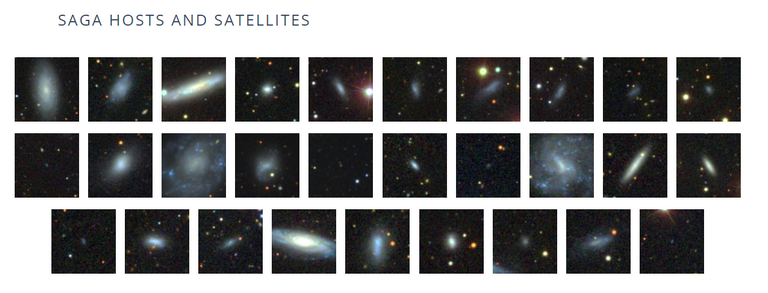Introduction
Recently, I wrote an article about satellite galaxies and the missing satellite problem. If you happened to miss it, feel free to click [here] and get caught up! Near the end of my post I hinted towards a follow up on comparing the satellite galaxies we can observe in the Milky Way to those in our neighboring galaxies. As we will see the Milky Way’s satellite galaxies do not fit in with our models for their rates of star formation.
What Do Our Models Predict?
For this article, we will be comparing the stellar masses to the quenching time for the galaxies to undergo star formation. The quenching time is the time frame between when a star producing satellite fell into its harbouring galaxy and when the gravitational attraction from it influenced the satellite enough to stop it from being a star producing galaxy.
Based on past observations, we believe that the majority of satellite galaxies have a quenching time inversely related to their stellar masses.
The above graph depicts the quenching time (in Gyr) as a function of the stellar mass of a satellite galaxy.
Additionally, based on ou knowledge of the universe, this allows us to predict that the majority of satellite galaxies are still star forming galaxies.
How Reliable Is This Model?
This model can be tested with the incoming data from the SAGA study. The SAGA study is collecting data from eight of our neighboring galaxies we expect to be similar to our Milky Way.
As of September of 2017, the preliminary results of the SAGA Study have been very successful in supporting our theory of an inverse relation between the quenching time and the stellar mass of a satellite galaxy. In Fact, of the 27 satellite galaxies detected at the time, 26 of them are still undergoing star formation!
Above is an collection of pictures for each of the 29 galaxies we have learned about from the study so far.
How Does This Model Hold In The Milky Way?
This model seriously breaks down within the Milky Way. First off, in the Milky Way, around four fifths of the satellite galaxies we have detected are known to be dormant. Even within subset of star producing satellites remaining satellites only two are very active. These are the Large and Small Magellanic Clouds.
Here is a visual of the Large Magellanic Cloud. As you can see because it is a satellite galaxy it is less developed than its harbouring galaxy and is considered to have an irregular shape. More specifically it is considered to be a bared dwarf spiral galaxy because such irregular patterns are more than common in satellite galaxies.

However, perhaps what is even more surprising is simply the fact the Large and Small Magellanic Clouds are still actively forming new stars. Unlike some of our other satellite galaxies, these fell into the Milky Way well over 5 Gyr ago. Based on the model discussed above these satellites are most likely past the quenching time for any galaxy.
For example, a galaxy like the large magellanic cloud has a stellar mass of around 1010 and the original experiment predicts a quenching time between 4.5 and 5.5 Gyr. The large magellanic cloud does not fit this trend because if its quenching time was anywhere close to what the model predicts its luminosity should still have decreased along with its rate of star formation.
If you have any questions or know anything you would like to add feel free to do so in the comments! Or if you have any suggestions on how I can improve I would love to hear them!
If you enjoyed my content, please consider upvoting to help others find my content or even follow me if you would like to hear more!
Work Cited:
http://iopscience.iop.org/article/10.3847/1538-4357/aa8626


@originalworks
To call @OriginalWorks, simply reply to any post with @originalworks or !originalworks in your message!
seems surprising that I don't know the existence of satellite galaxies until the previous post. Some great insight and imagery on this little series!